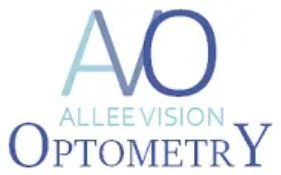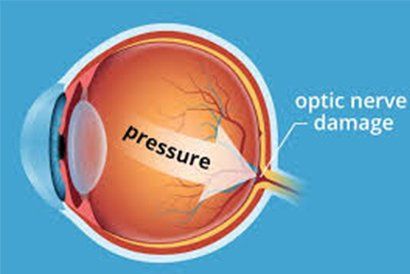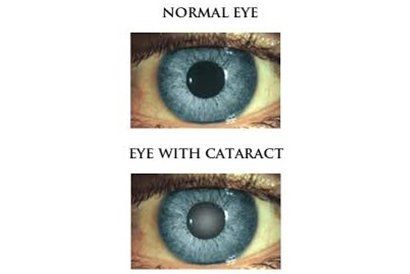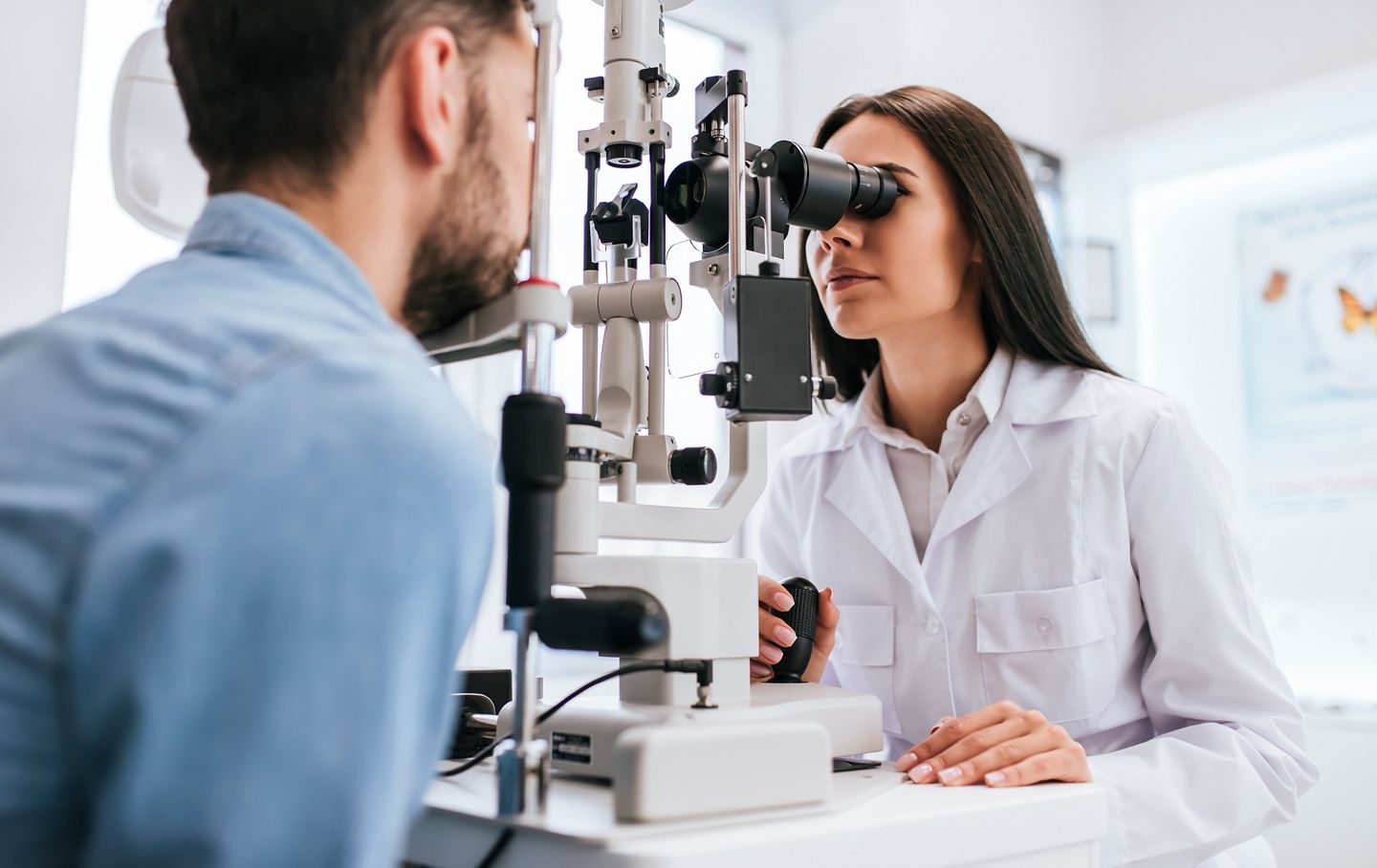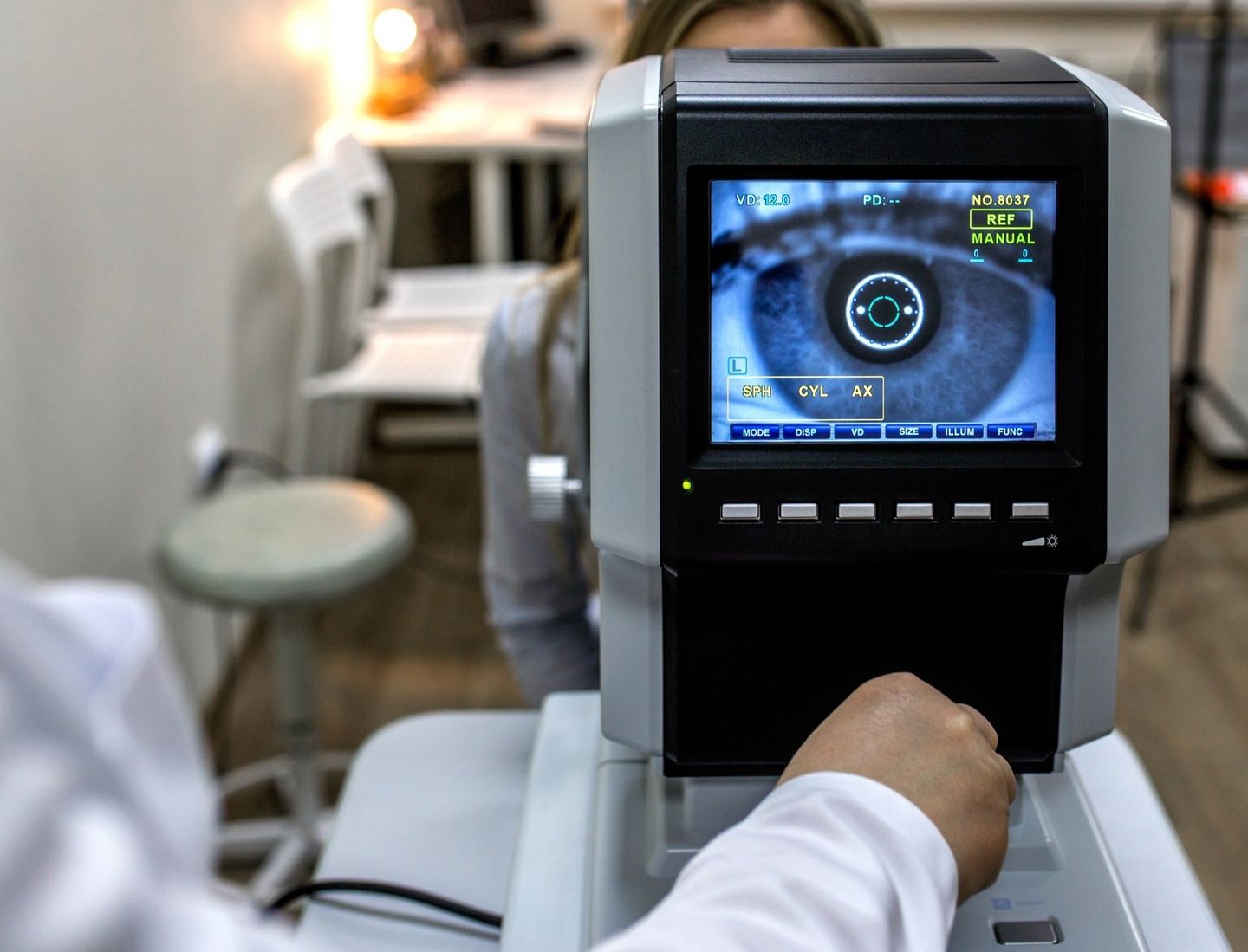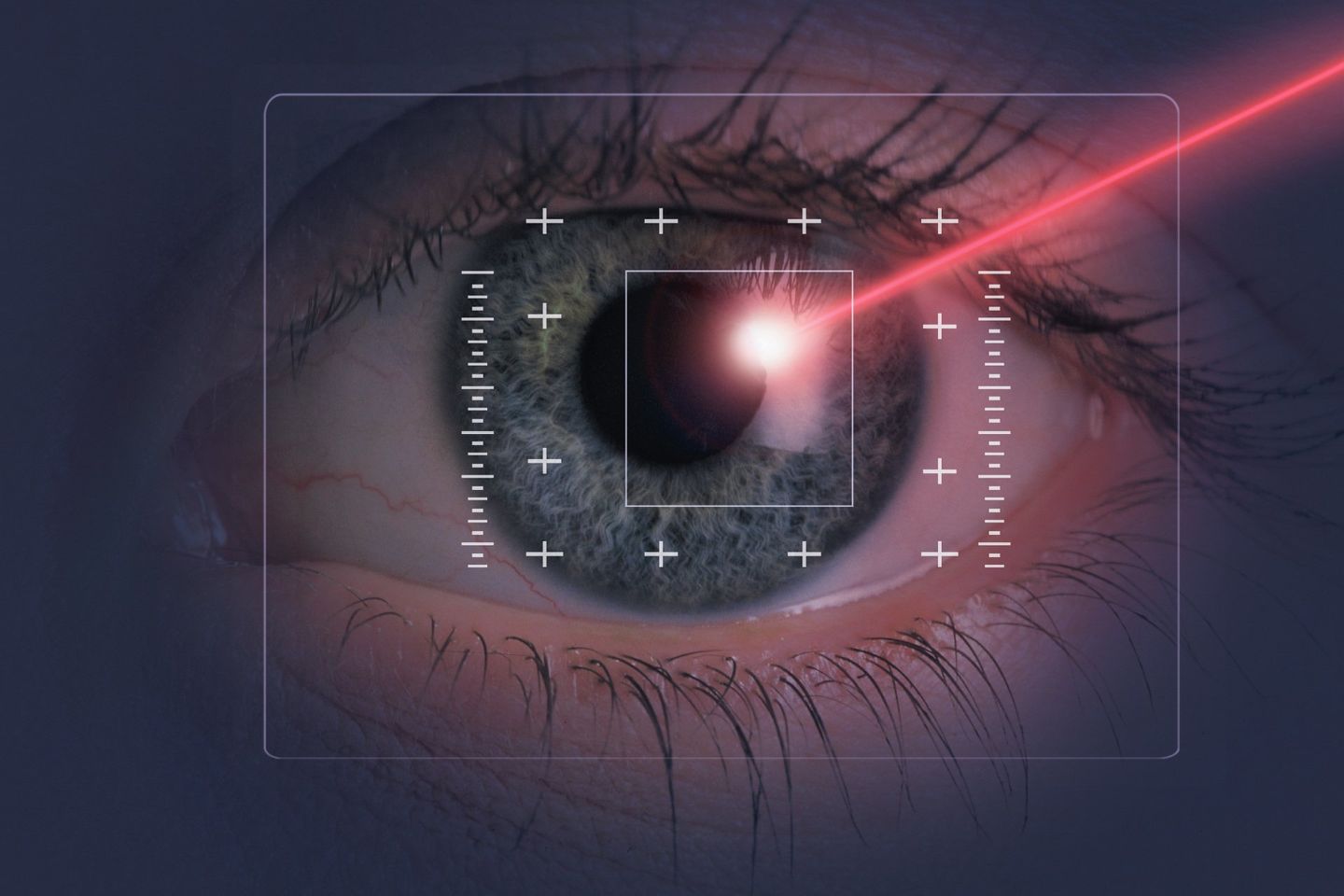Eye Care Condition & Treatments
Allee Vision Optometry has been providing effective eye care treatment for various conditions for over 30 years. We recognize that every patient's condition is specific and unique. Therefore, they should not be treated as if they do. When meeting with our physicians, you will go through an in-depth evaluation. Our physicians will review each patient's results and assist in finding the best solutions, including methods of attempted relief, symptoms, and level of discomfort. We will then provide the best treatment to help alleviate the underlining conditions and improve your eyes' condition. To speak with our team or request a consult, call us today at 865-588-1886.
Quality Eye Care With Over 30+ Years of Experience
Glaucoma
Glaucoma is a disease of the optic nerve. Glaucoma is caused by the drainage passage inside the eye being mechanically blocked or not functioning correctly. This causes a buildup of clear fluid called aqueous humor which subsequently causes a rise in intraocular pressure. This pressure can damage the optic nerve over time and cause a loss of peripheral vision and eventually central vision.
Diabetic Retinopathy
If you have been diagnosed with diabetes and are afraid of losing your vision, you are not alone. Diabetes has many faces—it affects people of all ages, races, and nationalities. Of the almost 20 million people in the United States with diabetes, almost half of those will eventually develop some sort of diabetic eye disease. Diabetic retinopathy is the leading cause of new cases of legal blindness among working–age Americans.
Cataracts
Everyone is susceptible to cataracts. They affect over 24 million people in the U.S. and are widespread among people age 55 and older. Though most people have heard of cataracts, not everyone knows exactly what they are. Contrary to popular belief, they are not a film growing over your eye. A cataract is a clouding of the eye that prevents light from passing to the retina. . This can cause obscured or blurred vision, similar to looking through a foggy window. If you’ve been diagnosed with cataracts, you’re not alone – they’re a natural part of the aging process.
Bifocal & Mult-Focal Contact Fitting
Bifocal and multi focal contact lenses incorporate multiple prescriptions to correct focusing problems. Most people encounter the condition known as presbyopia, as they get older, typically after 40. As the eyes age, their natural lenses can lose the ability to change shape and adjust to see objects clearly at varying distances.
Bifocal and multi focal lenses allow patients to see both near and far with the same contact lens. Many patients are also successful with mono-vision contact lenses where one eye sees far, and one sees up close for reading.
Lash & Foreign Body Removal
Eyelashes prevent most particles or objects from entering the eye, and tears usually can rinse out particles that do get in the eye. Occasionally, a solid object or projectile can adhere to the eye or embed itself below the eye's surface.
Foreign bodies in the eye can be specks of dirt or eyelashes or larger objects such as cinders, rust, or glass. The most common type of eye injury is a corneal abrasion, the transparent layer that lies over your pupil (the center of your eye) and iris (the colored part). If the foreign body sticks to the eyelid's undersurface, the scratch occurs when the object rubs against the cornea as you blink, and the scratch will be in a vertical line. Alternatively, the foreign particle may be stuck to the transparent cornea. Small foreign bodies on the white of the eye often do not cause much discomfort.
OPTOS Photography
Many eye problems can develop without you knowing. You may not even notice any changes in your sight until these diseases are very advanced. Conditions such as macular degeneration, glaucoma, retinal tears or detachments, and other health problems such as diabetes and high blood pressure can be seen with a thorough retina exam. Early detection of any retinal abnormality is crucial to maintaining your ocular and systemic health because, in most eye disease cases, in the early stages, you will experience no signs or symptoms.
The Optos is unique because the photo captures 85% of your retina, all without dilating the pupil. Although with the OPTOS we can see most of the retina, a dilated eye exam is always the most thorough way to examine the eye.
Lasik Consultation
The cornea is a part of the eye that helps focus light create an image on the retina. It works in much the same way that the camera lens focuses light on creating an image on film. The bending and focusing of light are also known as refraction. Usually, the shape of the cornea and the eye are not perfect, and the image on the retina is out-of-focus (blurred) or distorted. These imperfections in the focusing power of the eye are called refractive errors. There are three primary types of refractive errors: myopia, hyperopia, and astigmatism. Persons with myopia, or nearsightedness, have more difficulty seeing distant objects as clearly as near objects.
Glasses or contact lenses are designed to compensate for the eye's imperfections. Surgical procedures aimed at improving the focusing power of the eye are called refractive surgery. In LASIK surgery, precise and controlled corneal tissue removal by a special laser reshapes the cornea changing its focusing power.
Allergies
Allergic conjunctivitis is a common eye condition that affects more than 20% of the population. It is an allergic reaction of the eyeball's outer lining (conjunctiva) to particles in the environment to which a person is allergic. Dust, pollen, animal dander, and sometimes, even medications are all possible allergens. When the eyes are exposed to these allergens, the eyes become red, watery, itchy, or swollen. Although these symptoms can look like the signs of an infection, allergic conjunctivitis is not infectious or contagious.

I took my Granddaughter to see Dr. Jennifer Allee. She had failed a vision test at school. We had a wonderful experience at the Family Vision Care on Western Avenue. Dr. Jennifer was very friendly and works well with children. They were very careful following the Covid19 requirements. Our temperatures were taken, masks were worn and glasses were sanitized after we tried them on. The staff was very helpful and friendly. My granddaughter loves her new glasses and is looking forward to our next trip to talk to Dr. Jennifer about contacts.
Debbie C.

Slide title
Dr. Jennifer Allee is great with my kids... and me!!! We love her, and her bedside manner is exceptional! Highly recommend.
Candace Renee M.
Button
Slide title
The staff is super friendly and i love Dr. Allee and his daughter Dr. Jennifer Allee. I have been going to them for almost 20 years and would never dream of going anywhere else. This is just a super amazing place to have your eye exams.
Cindy Ervin R.

Dr.Jennifer Allee is the best. She will explain what she is doing and answer all of your questions. The front desk staff will take there time and help you with any questions you may have. I just want to say THANK YOU.
Jim T.
Button
My glasses are fantastic. Thank you, Dr. Jennifer Allee! You're the best!
Ed A.

Slide title
Recently visited to get a checkup since it's been years... Everyone was professional and kind! Great selection of frames as well. Everything was also very clean and organized. I would recommend this office!
Pro Pianoplayer

I've been using Allee Vision for years and always have a great experience with them. Great staff, quality care, and affordable.
Christopher D.

Greet you with a smile as soon as you walk in the door, customer service is A+. My first time here & the staff very gave a great first impressions.
Mandy R.

Slide title
I absolutely love this place. I have been going to vision centers since 1996 and this place is the best! You don't feel like just a number, you feel like family. They take their time with you and really help you pick out the right frames for your face. I have and will continue to recommend them to everyone!
Samantha C.

Best optometrist my kids have seen. My daughter which is 4 and very active was able to be seen and the optometrist used interactive techniques to keep my daughter engaged to have her screening done I recommend Jonathon for anyone with small kids i will be taking my 11 year back as well.
Andrea B.

I've been going here my whole life and I refuse to go to any other eye doctor. Nobody else will take care of your vision like the Allee family will.
Brianna C.

I have been going here over 15 years. No better Dr around. If you have a bad experience I would be surprised and if so, they would bend over backwards to accommodate. I had listed 1 STAR but that was an error. I must have hit something wrong. 5 STARS all day long. Sorry for the one STAR for a second. I fixed it.
Lisa Y.

Slide title
My husband and I have been going here for a few years and love it! The staff is always friendly and accommodating and Dr. Allee is very attentive when addressing concerns. They also have a pretty good selection of frames and will assist in finding the best fit/style for you if needed
Bre C.
Button
This place is wonderful. I had Jennifer work with me on my eye sight. She was incredibly insightful, and she took her time with explaining how & why my eyes are the way they are. The staff is very friendly & professional. I’ve never had to wait, of course I arrived five minutes early just encase.
Their business is very tech savvy as well, allowing individuals to upkeep with any new symptoms or problems that may have occurred over the years, making sure that you’re given the best care or so it seems to me. Their business is very clean; an I’m always greeted with a smile.
I was recommended by a few friends to try this location out for eye care and for all of its nuance, this location lives up to its name. Will be recommending this location to others.
Atom Five

Just came from a very thorough eye exam. it is so obvious that Jennifer looks what she does. She is so upbeat and positive. She took the time to explain the exams and findings and then made excellent suggestions. I would highly recommend her.
Sherrie S.
Button

I took my Granddaughter to see Dr. Jennifer Allee. She had failed a vision test at school. We had a wonderful experience at the Family Vision Care on Western Avenue. Dr. Jennifer was very friendly and works well with children. They were very careful following the Covid19 requirements. Our temperatures were taken, masks were worn and glasses were sanitized after we tried them on. The staff was very helpful and friendly. My granddaughter loves her new glasses and is looking forward to our next trip to talk to Dr. Jennifer about contacts.
Debbie C.

Dr. Jennifer Allee is great with my kids... and me!!! We love her, and her bedside manner is exceptional! Highly recommend.
Candace Renee M.

The staff is super friendly and i love Dr. Allee and his daughter Dr. Jennifer Allee. I have been going to them for almost 20 years and would never dream of going anywhere else. This is just a super amazing place to have your eye exams.
Cindy Ervin R.

Dr.Jennifer Allee is the best. She will explain what she is doing and answer all of your questions. The front desk staff will take there time and help you with any questions you may have. I just want to say THANK YOU.
Jim T.
Button
My glasses are fantastic. Thank you, Dr. Jennifer Allee! You're the best!
Ed A.

Recently visited to get a checkup since it's been years... Everyone was professional and kind! Great selection of frames as well. Everything was also very clean and organized. I would recommend this office!
Pro Pianoplayer

I've been using Allee Vision for years and always have a great experience with them. Great staff, quality care, and affordable.
Christopher D.

Greet you with a smile as soon as you walk in the door, customer service is A+. My first time here & the staff very gave a great first impressions.
Mandy R.

I absolutely love this place. I have been going to vision centers since 1996 and this place is the best! You don't feel like just a number, you feel like family. They take their time with you and really help you pick out the right frames for your face. I have and will continue to recommend them to everyone!
Samantha C.

Best optometrist my kids have seen. My daughter which is 4 and very active was able to be seen and the optometrist used interactive techniques to keep my daughter engaged to have her screening done I recommend Jonathon for anyone with small kids i will be taking my 11 year back as well.
Andrea B.

I've been going here my whole life and I refuse to go to any other eye doctor. Nobody else will take care of your vision like the Allee family will.
Brianna C.

I have been going here over 15 years. No better Dr around. If you have a bad experience I would be surprised and if so, they would bend over backwards to accommodate. I had listed 1 STAR but that was an error. I must have hit something wrong. 5 STARS all day long. Sorry for the one STAR for a second. I fixed it.
Lisa Y.

My husband and I have been going here for a few years and love it! The staff is always friendly and accommodating and Dr. Allee is very attentive when addressing concerns. They also have a pretty good selection of frames and will assist in finding the best fit/style for you if needed
Bre C.

This place is wonderful. I had Jennifer work with me on my eye sight. She was incredibly insightful, and she took her time with explaining how & why my eyes are the way they are. The staff is very friendly & professional. I’ve never had to wait, of course I arrived five minutes early just encase.
Their business is very tech savvy as well, allowing individuals to upkeep with any new symptoms or problems that may have occurred over the years, making sure that you’re given the best care or so it seems to me. Their business is very clean; an I’m always greeted with a smile.
I was recommended by a few friends to try this location out for eye care and for all of its nuance, this location lives up to its name. Will be recommending this location to others.
Atom Five

Just came from a very thorough eye exam. it is so obvious that Jennifer looks what she does. She is so upbeat and positive. She took the time to explain the exams and findings and then made excellent suggestions. I would highly recommend her.
Sherrie S.
Browse Our Website
Contact Information
Phone: 865-588-1886
Fax: 865-588-2152
Email: alleevision@gmail.com
Address: 4722 Western Avenue, Knoxville, TN
Business Hours
- Mon, Tue, Thu, Fri
- -
- Wed, Sat
- -
- Sunday
- Closed





